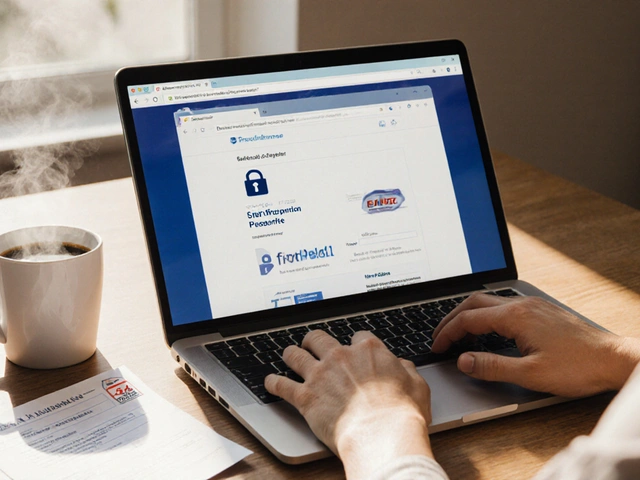Ribose: What It Is and Who Might Benefit
Ribose (usually sold as D-ribose) is a simple sugar your body uses to make ATP — the molecule cells burn for energy. If you feel drained despite rest, or you have a condition that stresses energy production (like chronic fatigue, fibromyalgia, or some heart conditions), ribose may help restore cellular energy and make you feel better during activity.
This page gives straight facts: how ribose works, common doses, safety tips, and what results to expect so you can decide if it’s worth trying.
How ribose works and what to expect
Ribose helps the body rebuild ATP faster after stress or exercise. In small clinical trials, people with chronic fatigue or heart disease reported improved energy, better exercise tolerance, or reduced muscle pain after taking ribose for several weeks. Athletes sometimes use it to speed recovery between workouts, though evidence for performance boosts is mixed.
Don’t expect instant changes. Most users see slow improvements over 2–6 weeks. If you get a clear benefit, it’s usually in daily stamina, faster recovery after exercise, or less muscle soreness.
Dosage, timing, and form
Common dosing ranges from 5 grams to 15 grams per day. A typical starting plan is 5 grams twice daily (morning and evening) or 5 grams three times daily for short periods. Some heart studies used 15 grams daily split into 3 doses. Powder form mixes easily in water; capsules are convenient but may require many pills to reach an effective dose.
Take ribose with or without food. If you’re combining it with other recovery supplements (creatine, protein), separate them by timing only if you notice stomach upset.
Safety notes: ribose is generally well tolerated. The most common side effects are mild stomach upset, nausea, or loose stools when starting. Ribose can lower blood sugar, so people with diabetes or those taking blood sugar-lowering drugs should monitor levels closely and check with their doctor before trying it. If you are pregnant, breastfeeding, or on complex heart meds, talk to your clinician first.
Quality matters. Choose products from reputable brands that list purity and have third-party testing when possible. Look for "D-ribose" on the label rather than generic "ribose" and avoid supplements with unnecessary fillers or heavy flavor additives.
Quick checklist: start at 5 g twice daily, track energy and recovery for 4–6 weeks, watch blood sugar if you’re at risk, and stop if you get persistent GI issues. If you notice clear gains in daily energy or exercise recovery, you can keep the dose that worked for you or discuss longer use with your doctor.
If you want, search this site for user-friendly reviews and related articles on energy supplements, heart support, and safe supplement practices. Ribose isn’t a miracle, but for some people it makes a real, measurable difference in energy and recovery.





